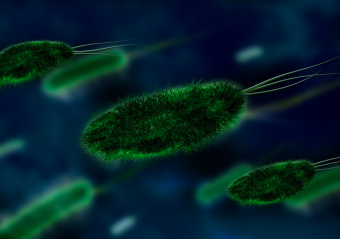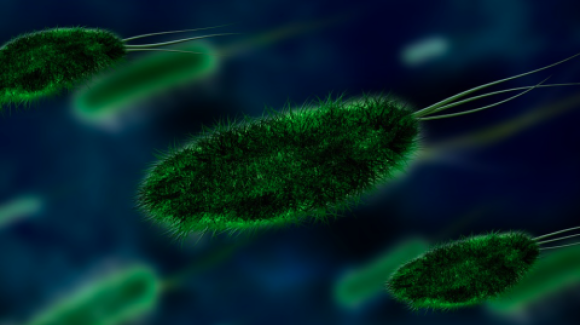
Seminar
External seminar - Desdemona Fricker (Université Paris Descartes)
Monday 18 March 2024Monday 18 March 2024
16h
Image

FRESK building (2 - 10 Rue d'Oradour-sur-Glane, 75015 Paris)
This week, we will meet Desdemona Fricker, from Université Paris Descartes, for a FRESK seminar on "cells and circuits underlying the spatial orientation system in mice"
Abstract: This seminar focuses on the sense of orientation in space, and the integration of relevant multisensory inputs in the cortical microcircuit. Like an internal compass signal, the neural networks of orientation encode the direction of the head. This "head direction" (HD) signal is generated based on vestibular information. Angular velocity signals are transformed into a directional signal in the hypothalamus, and sent to cortical areas, via the thalamus.
I will present the neural components and connections underlying the thalamocortical HD network. In the presubiculum, projection-specific neurons with similar properties are arranged in different layers. Pyramidal neurons and somatostatin expressing GABAergic interneurons, the Martinotti cells, form a highly interconnected excitatory-inhibitory feedback network, with a strongly facilitating activation of Martinotti interneurons. Our original computational model proposes an attractor based on recurrent inhibition rather than excitation. The HD cortex relies on activity dependent inhibitory feedback that matches the computational needs of the orientation system and supports head directional firing in the microcircuit. From dual wavelength optogenetics work in slices we show how presubicular pyramidal cells integrate head direction and landmark inputs and project integrated signals to specific downstream targets.
To investigate the population processes involved in the anchoring and flexible updating of head direction with visual landmark information we use high density recordings in awake mice. I will show that HD signals are coherently tuned in subicular neurons during passive rotation, and controlled by virtual visual cues. We seek to better understand how information from internal and external sources combines in visual and subicular neuronal activity to produce a sense of orientation.
Monday 18 March 2024




